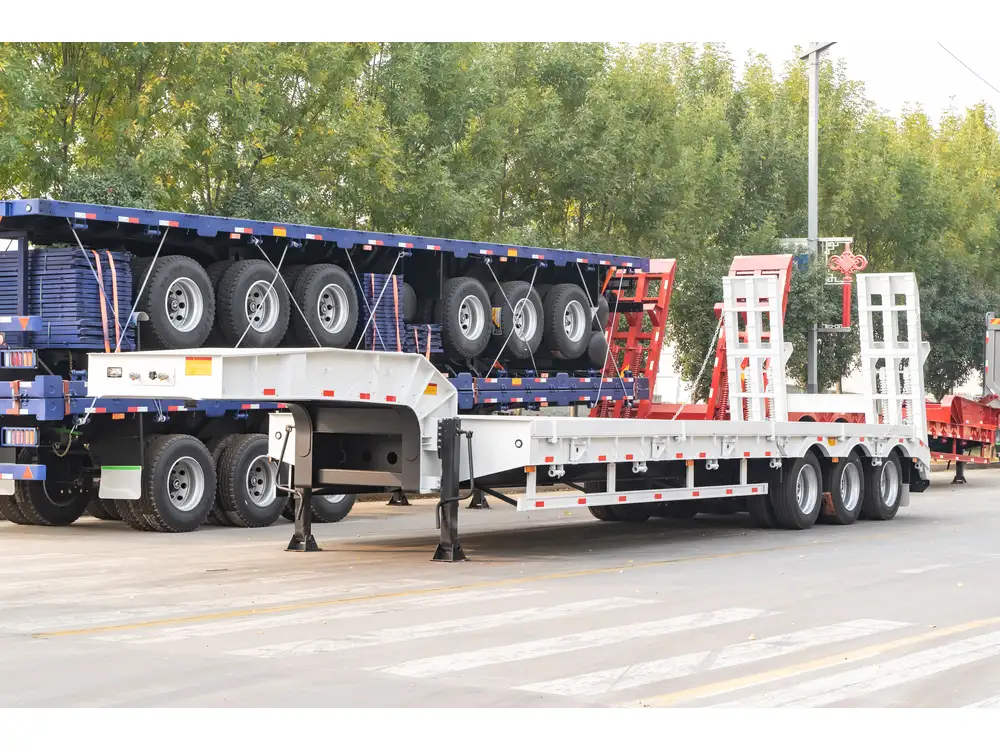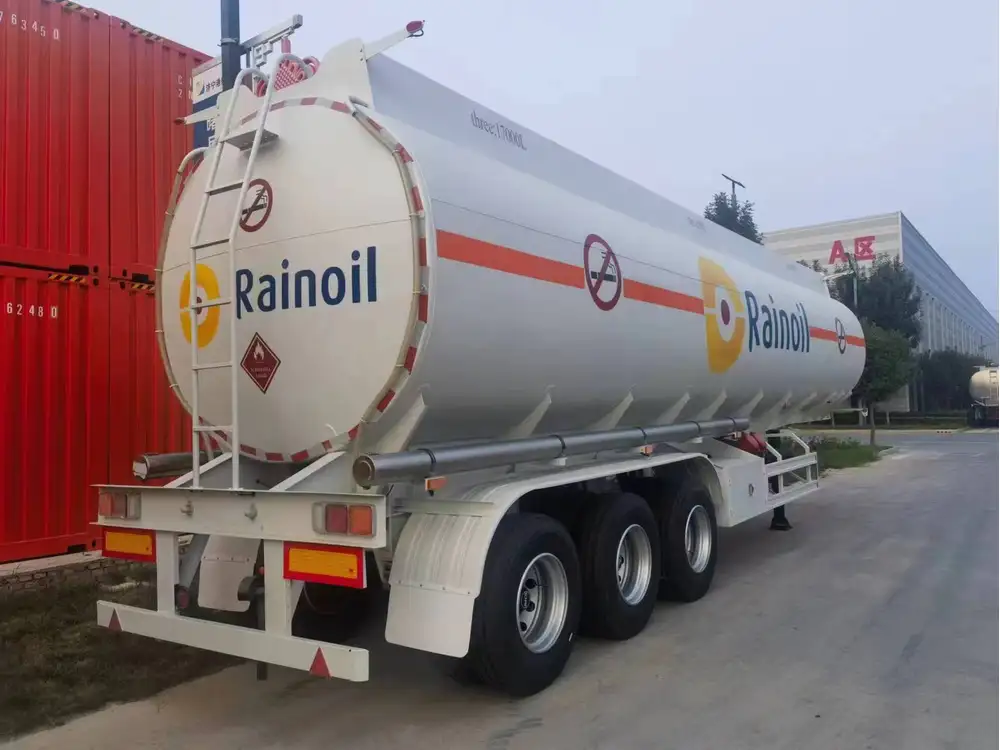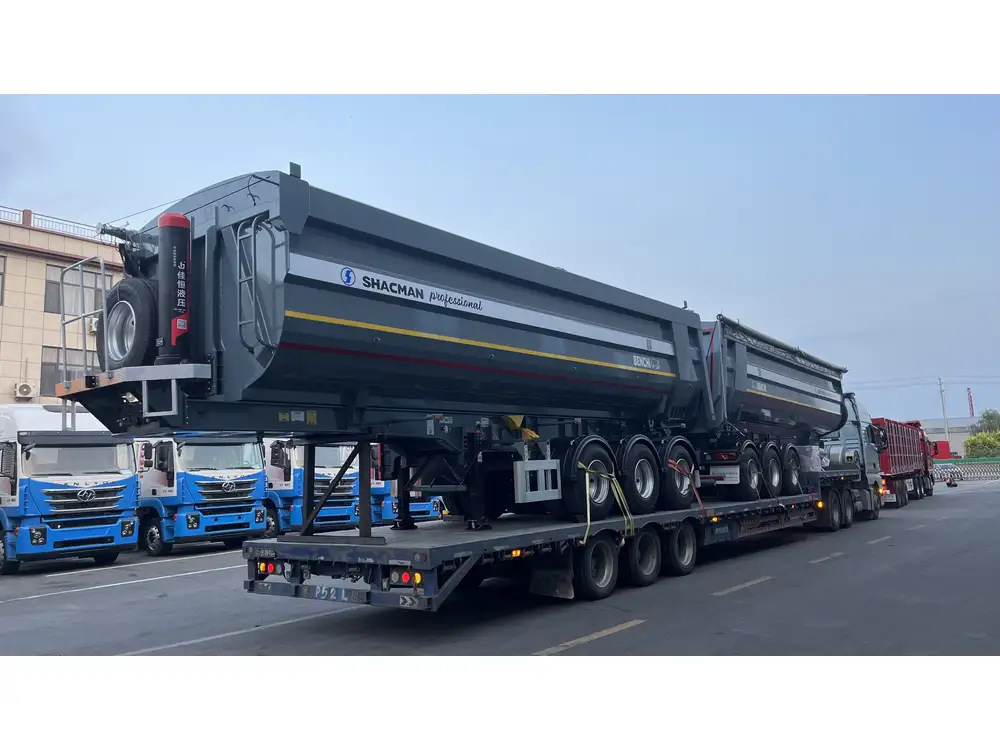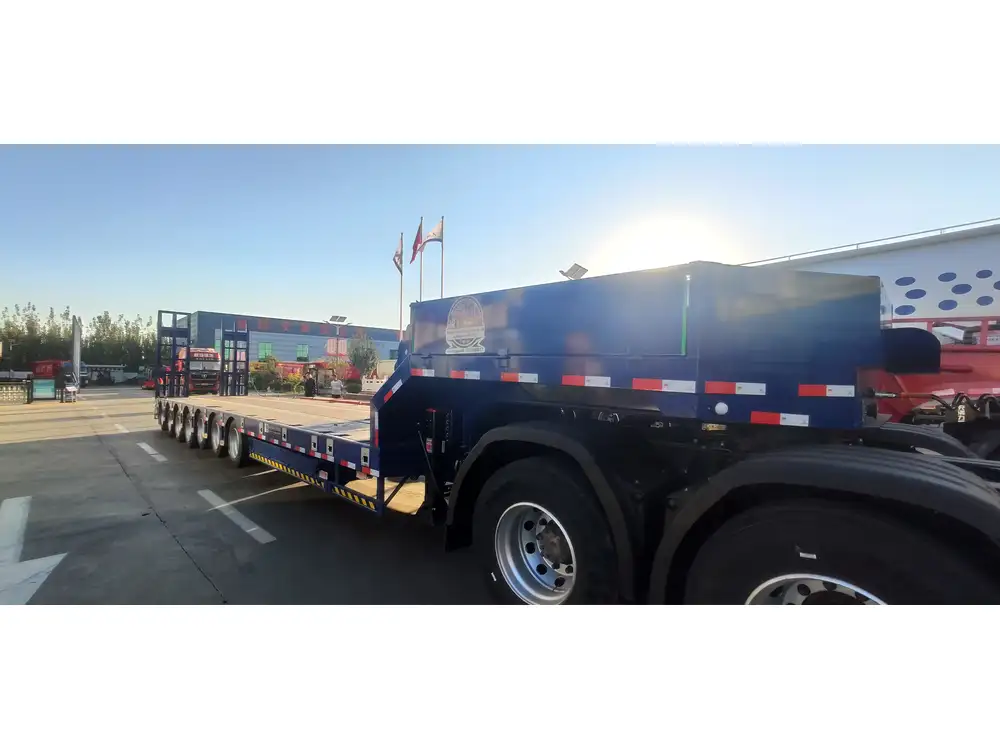In the transportation industry, particularly for manufacturers of semi-trailers, understanding the intricacies of data-link frames can significantly enhance operational efficiency. This article delves into the specifics of data-link frames, focusing on what is encapsulated within their trailers. We will examine the fundamental attributes of data-link frames, delineate their structure, discuss potential applications, and provide insights on manufacturing considerations relevant to semi-trailers.
What is a Data-Link Frame?
Data-link frames serve as crucial components within the OSI (Open Systems Interconnection) model, primarily defined within the second layer, which is responsible for node-to-node data transfer. When we discuss data-link frames, we refer to a multitude of characteristics and structures utilized in the transport of information between adjacent network nodes.
Key Components of a Data-Link Frame
To fully appreciate what is contained within the trailer of a data-link frame, we must first understand the basic components of a data-link frame. These components are typically segmented as follows:
| Component | Description |
|---|---|
| Header | Contains control information, including addresses and protocols. |
| Payload | The actual data being transmitted from the source node to the destination node. |
| Trailer | Concludes the frame and provides error-checking mechanisms, typically through Frame Check Sequence (FCS). |

Deep Dive into the Trailer of a Data-Link Frame
The trailer of a data-link frame is a vital element, packing essential information that ensures data integrity and proper transmission. It primarily includes:
1. Frame Check Sequence (FCS)
The FCS is a critical feature that provides error detection capabilities. It employs cyclic redundancy checks (CRC) to validate the integrity of the transmitted data. When the frame reaches its destination, the receiving node calculates the CRC value again to confirm that the data has not been corrupted during transit.
2. Padding
Padding is an optional component that ensures the frame meets a minimum size requirement set by network protocols. In some cases, data-link frames necessitate a certain length, and the addition of padding ensures conformity with this rule. This element is particularly important for protocols that enforce stringent size constraints.

3. Control Information
In some implementations, the trailer may carry additional control information, depending on the specific requirements of the protocol used. This can include sequence numbers, flags, or other data that may regulate the flow or quality of the information transmitted.
The Role of Data-Link Frames in Semi-Trailer Manufacturing
In the context of semi-trailer manufacturing, understanding the data-link frame can prove advantageous in enhancing communication between vehicles and various processing systems. The implications of data-link protocols influence how trailers convey pertinent operational data, including speed, weight, and diagnostics.
Enhanced Communication
Vehicles equipped with advanced communication technologies utilize data-link frames to relay crucial information timely. This improves logistics by enabling real-time tracking, load management, and fault diagnostics.

Data Synchronization
Synchronization of data from multiple vehicles becomes achievable through effective use of data-link frames, ensuring that all parts of the operation remain interrelated and responsive. This is particularly relevant in fleets where sensor data must be aggregated for monitoring performance metrics.
Comparative Analysis: Data-Link Frame Structures
An extensive understanding of data-link frame structures can help manufacturers determine which frame formats could be assayed in semi-trailer manufacturing. Here’s a comparative analysis of various data-link frame structures in prevalent use:
| Frame Type | Description | Applications |
|---|---|---|
| Ethernet Frame | Commonly used in local area networks (LAN) and capable of handling high bandwidths. | Suitable for real-time application data transfer. |
| PPP Frame | Point-to-Point Protocol designed for direct connections and remote access. | Useful in telecommunication and internet service provision. |
| HDLC Frame | High-level Data Link Control suitable for both point-to-point and multipoint connections. | Essential for reliable data communication tasks. |
Strategies for Improving Data Transmission in Semi-Trailers
For semi-trailer manufacturers, optimizing data transmission can be pivotal for enhancing operational efficiency. Employing best practices in frame design and protocol selection ensures high performance under strenuous transportation conditions.

Optimization Techniques
- Protocol Selection: Employing robust protocols that suit the operational environment can significantly enhance communication efficiency.
- Data Integrity Measures: Implementing advanced error detection mechanisms within the frame trailer can diminish the likelihood of data corruption.
- Frame Size Management: Understanding the effects of frame size on network performance can help regulate throughput in varying operational scenarios.
Implementing Effective Data-Link Technology
Integrating efficient data-link technologies within semi-trailers opens avenues for operational excellence. Here are a few methodologies to consider:
- Real-Time Telemetry: Deploying systems capable of sending real-time telemetry data can facilitate smarter decision-making regarding load management.
- Advanced Diagnostics: Utilizing data-link frames for advanced diagnostics can alert operators to potential issues before they escalate, minimizing downtime.
- Fleet Management Solutions: Incorporating data-link technology enables better fleet management through precise tracking of trailer locations and parameters.
Future Trends in Data-Link Frames and Semi-Trailer Manufacturing
The continuous evolution of technology in logistics and transportation is shaping the future of data-ingestion and transmission within semi-trailer manufacturing. Key trends to watch include:

1. Integration of IoT Devices
The Internet of Things (IoT) is revolutionizing how data is collected, monitored, and transmitted across semi-trailers. By integrating smart sensors and IoT devices, manufacturers can gather extensive data about vehicle performance and trailers’ condition for proactive management.
2. Advancements in Wireless Communication
Developing wireless communication standards will lead to improving data transmission capabilities, particularly advantageous for trailers to maintain constant connectivity without the need for physical connections.
3. Machine Learning and AI Integration
Incorporating machine learning algorithms will enable dynamic analysis of data patterns, offering predictive analytics for maintenance and operational efficiency optimization.

Conclusion: Aligning Data-Link Frame Knowledge with Semi-Trailer Innovation
A comprehensive understanding of the data-link frame, particularly its trailer components, is crucial for manufacturers striving to enhance the capabilities of semi-trailers in an increasingly data-driven world. By remaining attuned to the intricacies of data transmission architecture, manufacturers can better address user needs and improve operational workflows.
The insights provided herein underscore the importance of integrating advanced data link methodologies into trailer manufacturing, fostering innovation that ensures compatibility with future logistical challenges. Manufacturers who harness these elements are likely to see improved profitability, better fleet utilization, and enhanced customer satisfaction in their operations.



